Carmel L. Howe
Light-Field Microscopy for optical imaging of neuronal activity: when model-based methods meet data-driven approaches
Oct 24, 2021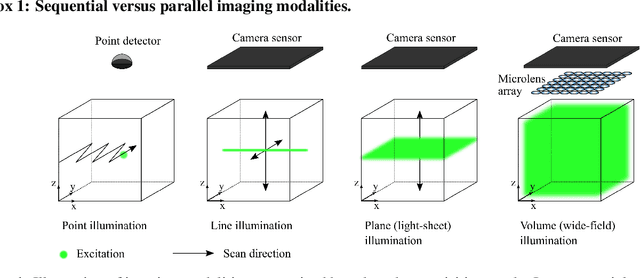
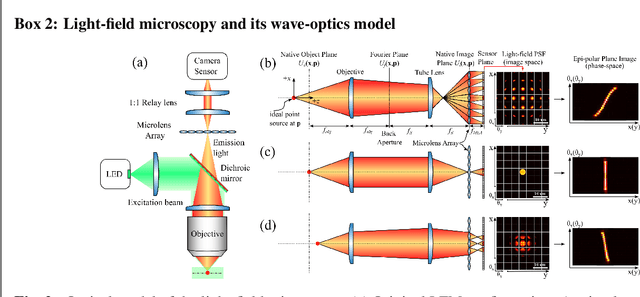
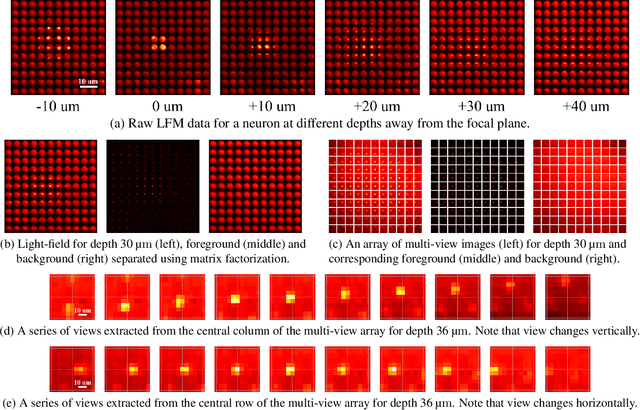
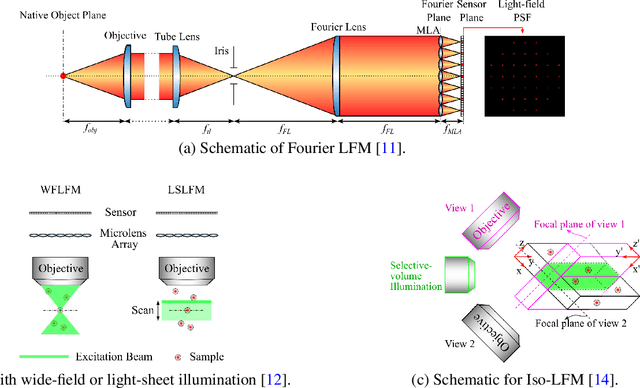
Abstract:Understanding how networks of neurons process information is one of the key challenges in modern neuroscience. A necessary step to achieve this goal is to be able to observe the dynamics of large populations of neurons over a large area of the brain. Light-field microscopy (LFM), a type of scanless microscope, is a particularly attractive candidate for high-speed three-dimensional (3D) imaging. It captures volumetric information in a single snapshot, allowing volumetric imaging at video frame-rates. Specific features of imaging neuronal activity using LFM call for the development of novel machine learning approaches that fully exploit priors embedded in physics and optics models. Signal processing theory and wave-optics theory could play a key role in filling this gap, and contribute to novel computational methods with enhanced interpretability and generalization by integrating model-driven and data-driven approaches. This paper is devoted to a comprehensive survey to state-of-the-art of computational methods for LFM, with a focus on model-based and data-driven approaches.
Model-inspired Deep Learning for Light-Field Microscopy with Application to Neuron Localization
Mar 10, 2021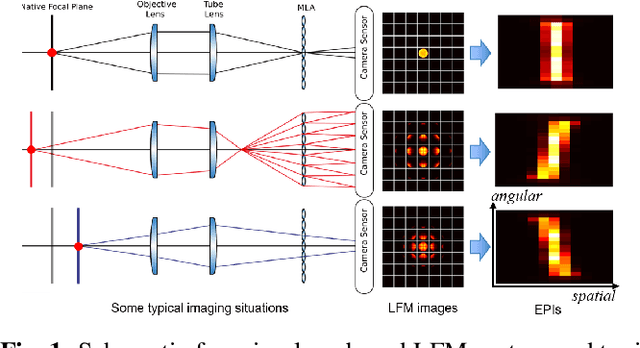


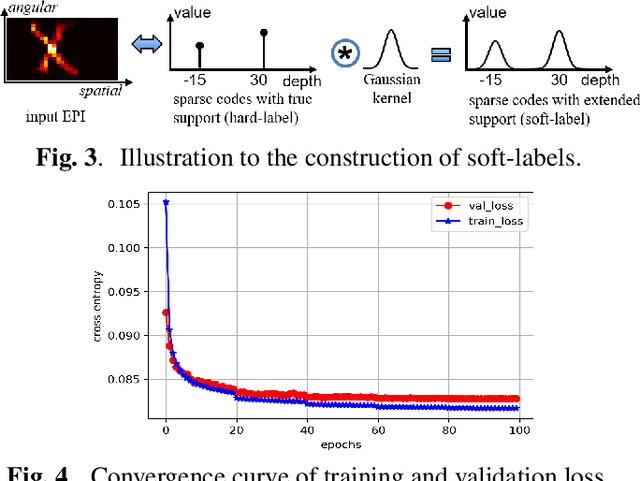
Abstract:Light-field microscopes are able to capture spatial and angular information of incident light rays. This allows reconstructing 3D locations of neurons from a single snap-shot.In this work, we propose a model-inspired deep learning approach to perform fast and robust 3D localization of sources using light-field microscopy images. This is achieved by developing a deep network that efficiently solves a convolutional sparse coding (CSC) problem to map Epipolar Plane Images (EPI) to corresponding sparse codes. The network architecture is designed systematically by unrolling the convolutional Iterative Shrinkage and Thresholding Algorithm (ISTA) while the network parameters are learned from a training dataset. Such principled design enables the deep network to leverage both domain knowledge implied in the model, as well as new parameters learned from the data, thereby combining advantages of model-based and learning-based methods. Practical experiments on localization of mammalian neurons from light-fields show that the proposed approach simultaneously provides enhanced performance, interpretability and efficiency.
 Add to Chrome
Add to Chrome Add to Firefox
Add to Firefox Add to Edge
Add to Edge